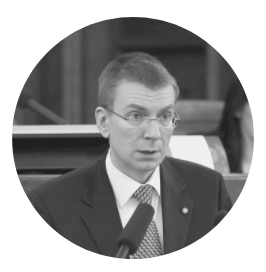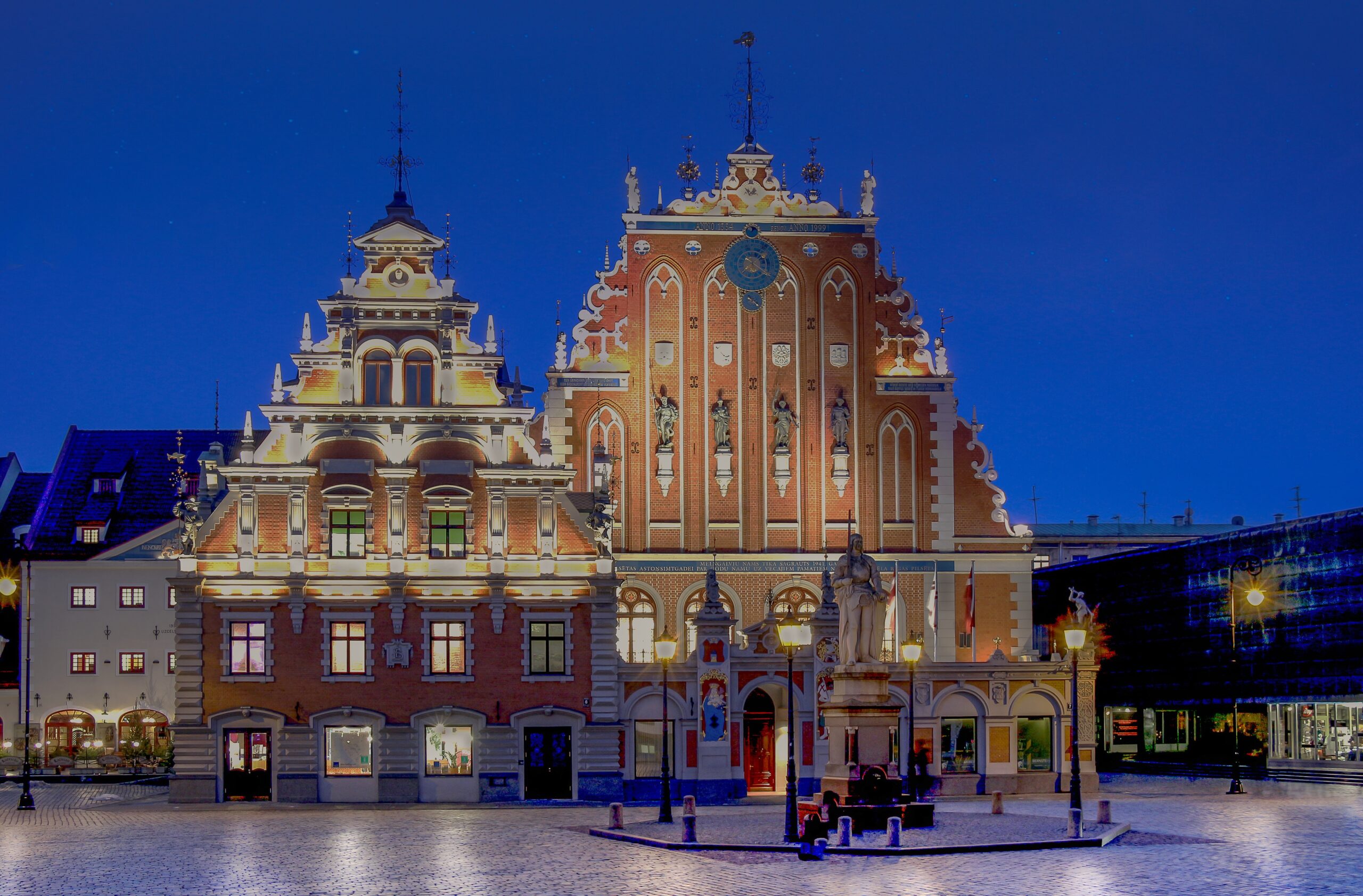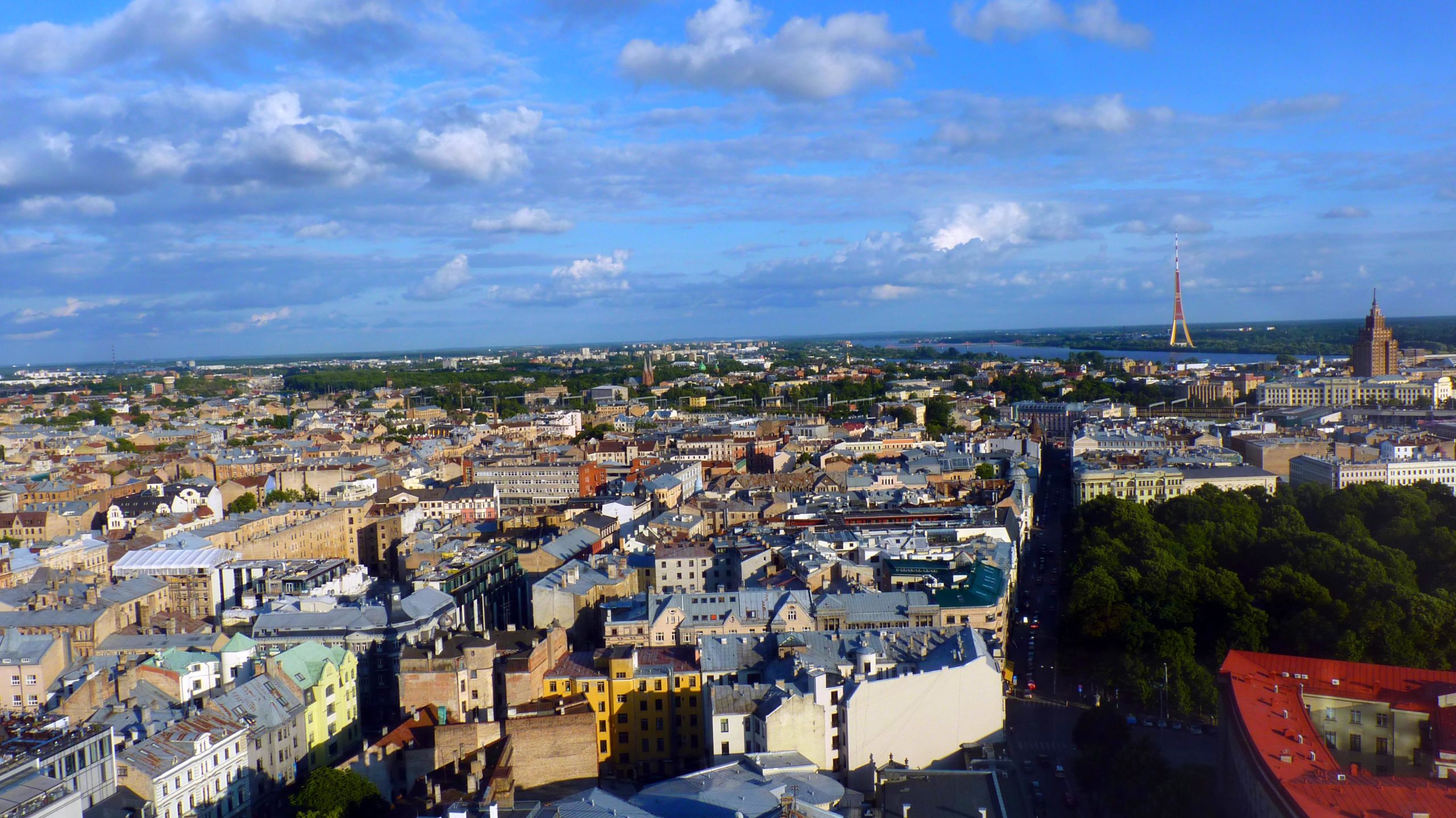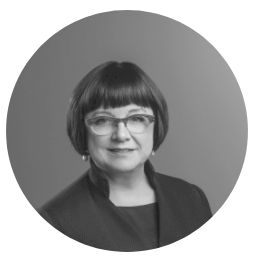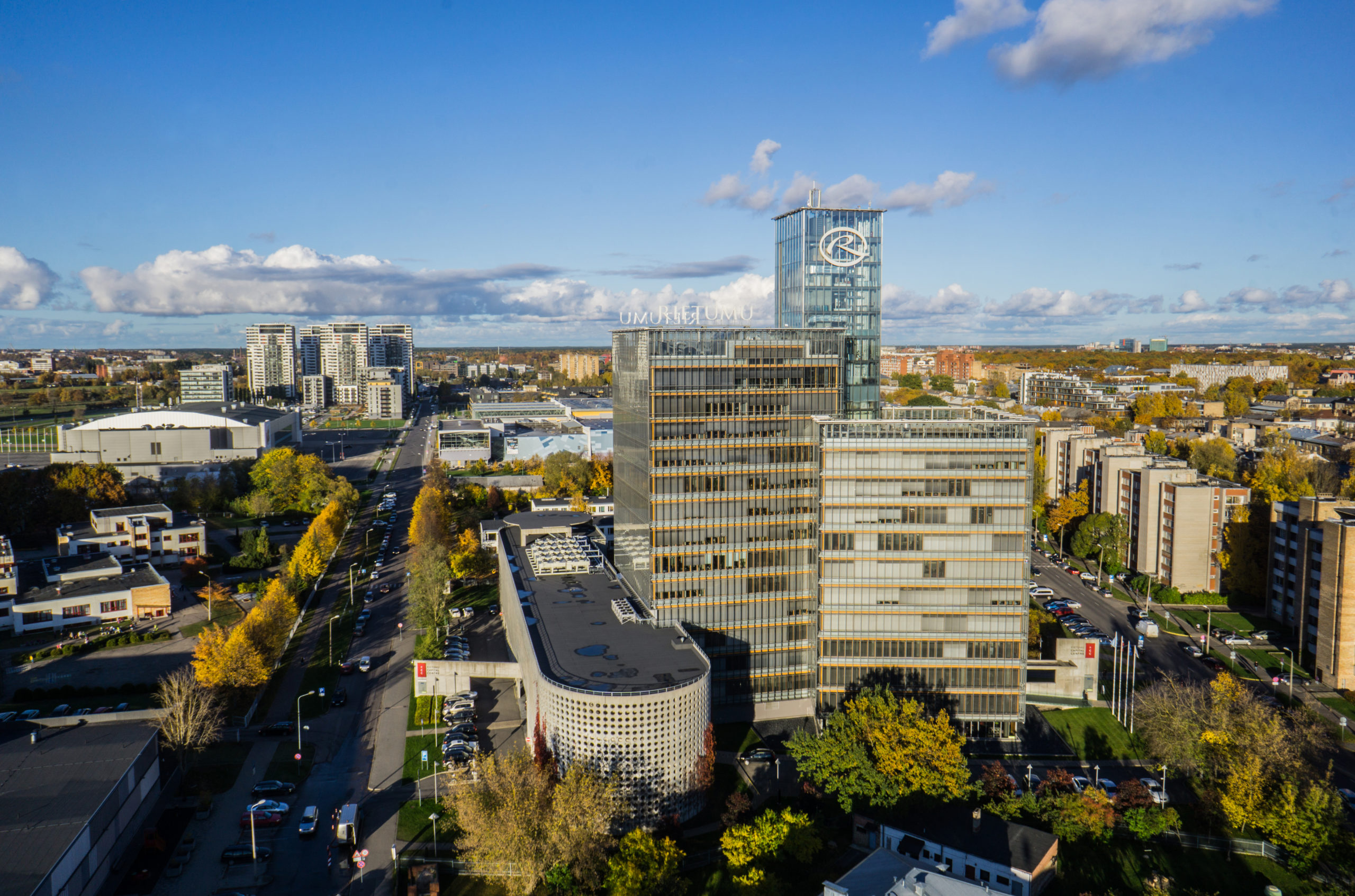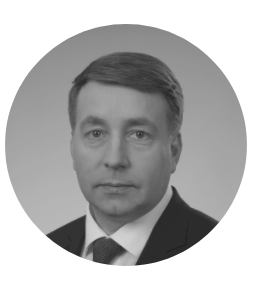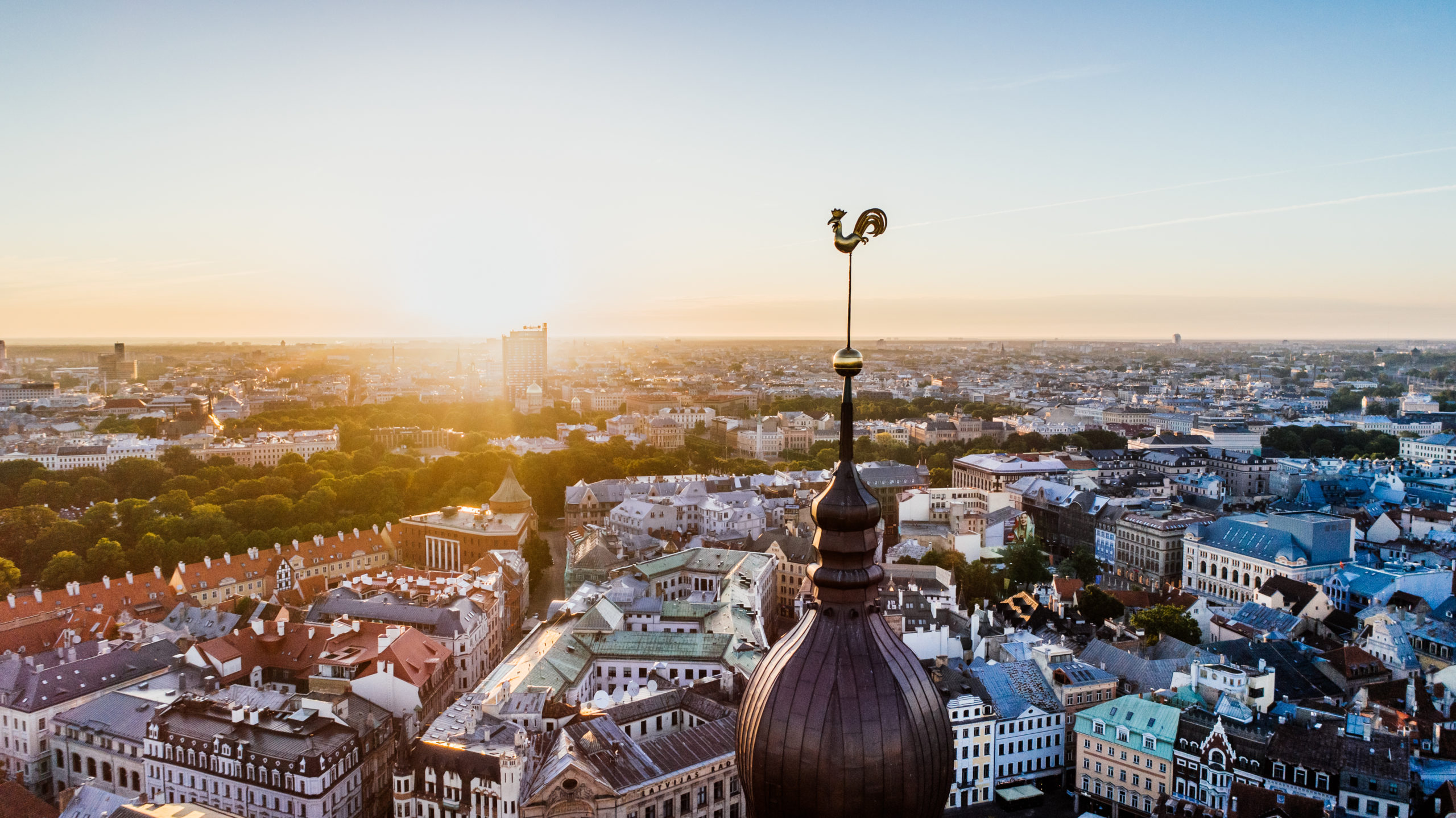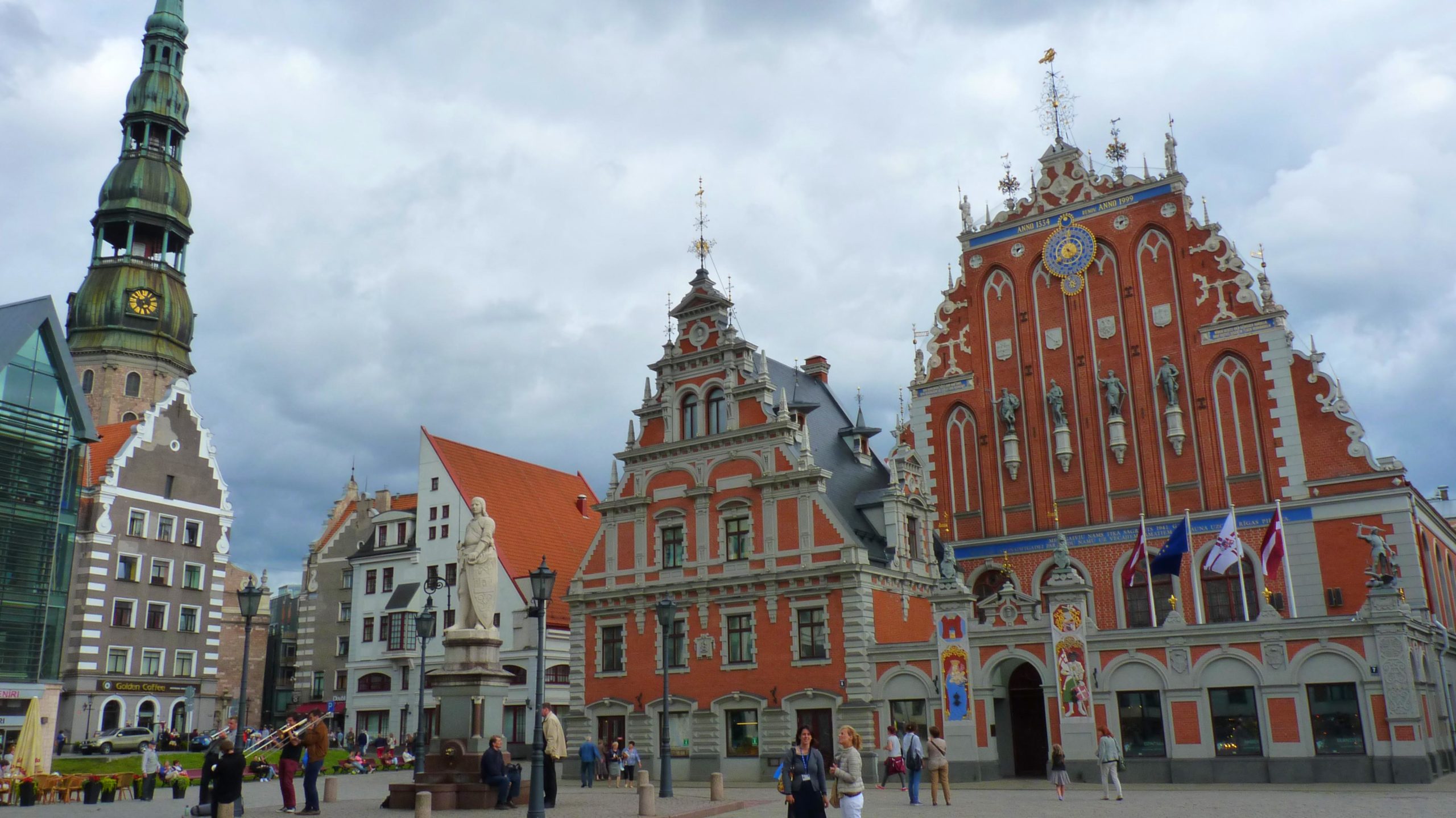What are some of the key facts that all international investors should remember about Serbia?

The key factor at this moment is the competitiveness of the labour force when comparing it to Europe. Serbia is increasingly becoming more attractive, first and foremost, because of the technical education of our labour force. It is one of the highest levels in this part of Europe. The population is proficient in foreign languages and salaries are amongst the most competitive. Operating costs, utilities and so forth are also quite low. When you combine all of these things in one package, Serbia is becoming more attractive for other countries.
Are investments evenly distributed throughout Serbia?
One of the goals of the government and of the Development Agency is to diversify the investment types through the entire country in order to have a similar development of the different regions in Serbia. Some of them are developed, some of them are less developed, some of them have advantages of different kinds or different industries, and that is why we are strategically looking all around Serbia to see how to place different investments and how to suggest where the most suitable place for investors would be.
In Belgrade, there is a different kind of investment; in the tourism sector, real estate, IT business maybe, but in production, the manufacturing facilities are mostly outside the big cities. This is very crucial for Serbia in order to have a unique development of its regions. They provide the necessary jobs, conditions, and competitiveness. In Serbia, you will see many towns, which traditionally had huge industries, and now they are becoming more and more attractive for additional investors.
The flatlands in Northern part of Serbia are the most fertile lands in this part of Europe, naturally becoming more attractive for food processing industries. The town of Novi Sad, which is the second biggest town in Serbia, is becoming more and more attractive in the field of IT business.
The South and Central Serbia, traditionally have focused on heavy industry manufacturing and production. Skilled labour for the textile industries is easily found at competitive prices.
The automotive sector is increasingly diversifying throughout Serbia but focused on the central regions near the Fiat Chrysler Automobiles factory. The city of Niš in particular is becoming more and more attractive in the field of electronics and becoming a regional hub for the transportation and logistics business.
How do you view the competitiveness of Serbian companies in the broader global scale?
Foreign companies in Serbia realize opportunities by growing alongside their local partners. They provide local firms knowledge and the opportunity to become part of a global value chain. When national companies become a supplier for an international company based in Serbia, it opens opportunities for them to grow internationally.
Last year RAS introduced 94 companies which are now in the process of evaluation to become certified suppliers for Siemens. There is still a huge amount of work to be done with the domestic companies in order to become a significant factor on the world scale, but they are growing. One part of the business of the Development Agency of Serbia is dealing with investors and another part is dealing with the suppliers, and helping them become a certified supplier of large international companies.
What would you say are the key challenges that need to be overcome?
The connectivity of Serbia is being improved thought the improving transport infrastructure. The fiscal consolidation was the second challenge in order to have the stable economy, which has also been largely solved.
The main challenge we are facing is providing quality of labour and for investors to know fo the highly technical educational system we are working on. Previously, universities were teaching subjects that were of no interest for hiring managers. So we are switching the entire educational system in order to become more and more attractive for the companies that have needs for that kind of education.
What should investors know about Serbia?
The strongest point is that Serbia is on the path towards EU. Serbia is becoming more and more attractive in many fields of FDI. As a final message, Serbia is not becoming just a bypass house; it is becoming a more stable place for growing a business and making a profit.



